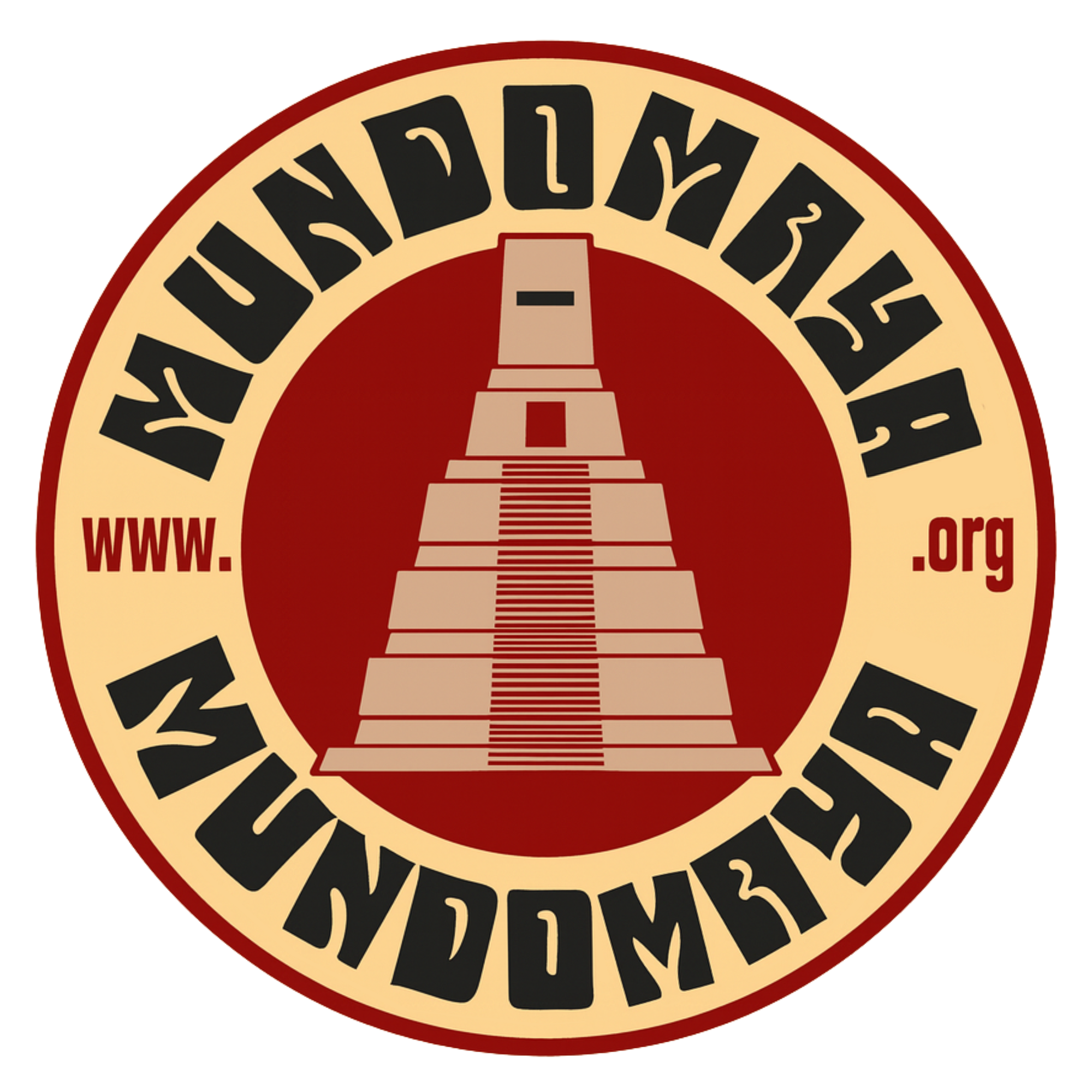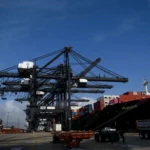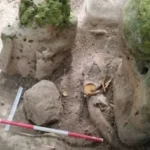AI Overview AI
“Mundo Maya” translates to “Maya World” in Spanish. It refers to the geographic area and cultural region inhabited by the Maya civilization, encompassing parts of southeastern Mexico, Guatemala, Belize, and western portions of Honduras and El Salvador. This area is rich in archaeological sites, natural wonders, and cultural heritage.
The Maya civilization, known for its advancements in mathematics, astronomy, writing, and art, developed in the Maya region over thousands of years. Their civilization reached its peak during the Classic Period (c. 250 to 950 CE), with impressive cities and monumental architecture. Although the Classic Period kingdoms declined, the Maya culture continued to thrive in the Postclassic Period (c. 950-1550 CE), centered in the Yucatan Peninsula. The arrival of the Spanish conquistadors in the 16th century marked a turning point, though the Maya civilization’s legacy continues to be studied and celebrated.
The “Mundo Maya” region is not just a historical site but also a living cultural landscape, with many contemporary Maya people still residing in the area and preserving their traditions.
Key aspects of the “Mundo Maya” include:
- Geographic Extent:
The Maya region spans across modern-day southeastern Mexico (including the Yucatan Peninsula), Guatemala, Belize, and parts of Honduras and El Salvador.
- Historical Significance:
The region is home to numerous Maya archaeological sites, showcasing the civilization’s architectural, artistic, and intellectual achievements.
- Cultural Legacy:
The Maya people and their traditions continue to thrive, with ongoing efforts to preserve their language, customs, and cultural heritage.
- Modern Significance:
The “Mundo Maya” is a popular tourist destination, offering opportunities to explore ancient ruins, experience natural beauty, and learn about Maya culture.
MUNDOMAYA
Resumen de IA
“Mundo Maya” se refiere al área geográfica y la región cultural habitada por la civilización maya, que abarca partes del sureste de México, Guatemala, Belice y el oeste de Honduras y El Salvador. Esta zona es rica en sitios arqueológicos, maravillas naturales y patrimonio cultural.
La civilización maya, conocida por sus avances en matemáticas, astronomía, escritura y arte, se desarrolló en la región maya durante miles de años. Su civilización alcanzó su apogeo durante el Período Clásico (c. 250 a 950 d. C.), con impresionantes ciudades y arquitectura monumental. Aunque los reinos del Período Clásico decayeron, la cultura maya continuó prosperando en el Período Posclásico (c. 950-1550 d. C.), con su centro en la península de Yucatán. La llegada de los conquistadores españoles en el siglo XVI marcó un punto de inflexión, aunque el legado de la civilización maya continúa siendo estudiado y celebrado. La región del “Mundo Maya” no es solo un sitio histórico, sino también un paisaje cultural vivo, con muchos mayas contemporáneos que aún residen en la zona y preservan sus tradiciones.
Aspectos clave del “Mundo Maya” incluyen:
- Extensión geográfica:
La región maya se extiende por el sureste de México actual (incluida la península de Yucatán), Guatemala, Belice y partes de Honduras y El Salvador
- Importancia histórica:
La región alberga numerosos sitios arqueológicos mayas, que muestran los logros arquitectónicos, artísticos e intelectuales de la civilización.
- Legado cultural:
El pueblo maya y sus tradiciones continúan prosperando, con esfuerzos continuos por preservar su idioma, costumbres y patrimonio cultural.
- Importancia moderna:
El “Mundo Maya” es un popular destino turístico que ofrece oportunidades para explorar ruinas antiguas, disfrutar de la belleza natural y aprender sobre la cultura maya.





















